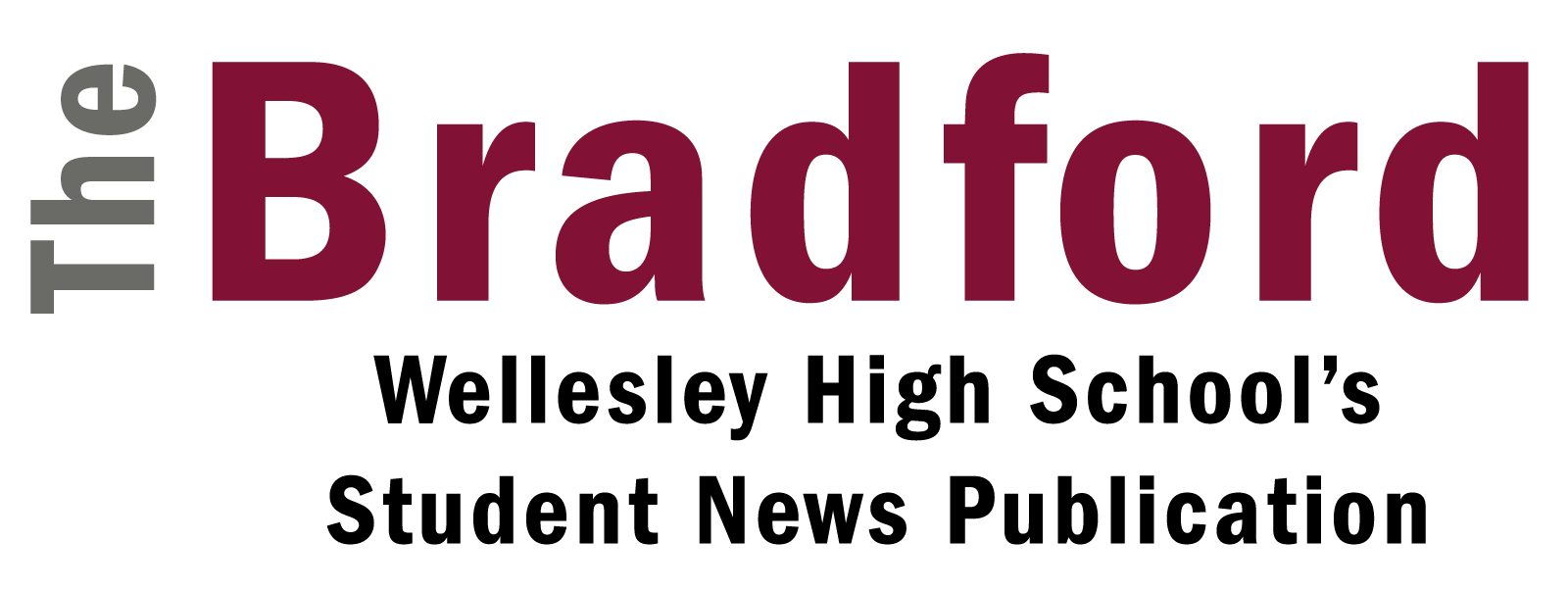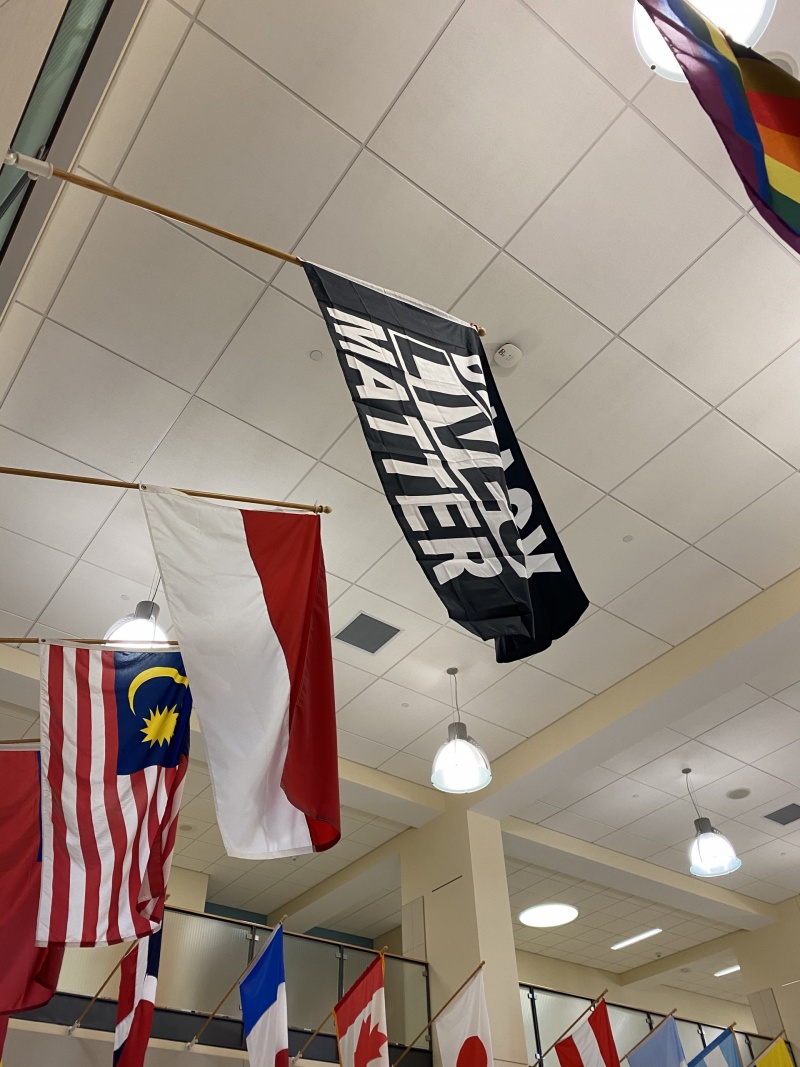On March 1, the school raised a Black Lives Matter flag beside the LGBTQ+ flag after almost a year of planning. This is a big step forward for the community, as the high school aims to become even more inclusive and welcoming to others.
Discussions of the flag arose last year at the middle school, as administrators gathered and debated whether raising the Black Lives Matter flag would be a good idea. After many internal discussions, the flag was hung behind a glass case near the middle school cafeteria on February 12. As knowledge spread around the district, it was only a matter of time before discussions of a flag arose at the high school.
“I talked to people here about doing it, and I had a lot of support from everybody I spoke to. Once the news broke at the middle school contacted by parents, I got contacted by students. I got contacted by faculty members, and I said we are already in the plans, and we put it up,” said Dr. Jamie Chisum, the high school’s principal.
Mr. Bill Craft, a guidance counselor at the middle school, noted the impact that he saw when the flag was raised at the middle school, as well as what that meant for him to see it every day.
“As an African American educator in a predominantly White district, when I go home and watch the news and see some of the things that are happening around the country and in the world, such as Eric Garner, whose police officer was let off, it sends a message to me over and over again that my life really doesn’t matter. Because if your life matters, there are consequences for those kinds of things and for police officers. But then to walk the halls of the middle school and see that flag says Black Lives Matter kind of says to me that Black community members seem to feel different, and that my life does matter,” said Craft.
Craft touched on the notion, with the blue lives matter movement, saying those police officers’ lives should matter, and do matter, but that the consequences for someone who attacks a police officer compared to a person of color, is completely different, and that police officer lives already matter in this country.
The move to put up the flag was approaching, and reactions to the flag were mixed.
“The reactions have been mostly positive, but certainly some people have some questions. There have been some parents who are concerned about the political affiliations, and there is a difference between the organization and the flag itself. The organization doesn’t own the flag so we have definitely have had some conversations. I’ve had many positive interactions and lots of thanks. Lots of critics aren’t just talking about whether we should put the flag; some people felt like, well, you know, how come it took you so long? I’ve got that, and that’s a fair criticism,” said Chisum.
Dr. Curry, Director of Diversity Equity and, Inclusion (DE&I) believes it is important that students see this as a message saying black lives do matter and not a political statement.
“We can’t assure anything, but we can continue to educate. One of the things that I always say to people especially regarding this BLM conversation is to do your own research, right? BLM is a movement that has been public since 2013, and I have found that many people don’t really know the origins of the organization and don’t know the history of it. It’s very easy to tell by looking up their official website to say what this organization is and what it isn’t?” said Curry.
Since the flag has been put up, students have said that it makes the community feel more inclusive and welcoming. Young Ethnic Scholars believe that the flag is just a step into what we can accomplish as a community and what we can do as a school, but there is more to be done.
“Just because we have a Black Lives Matter flag does not mean that we’re even close to being done with the work that needs to be done with anti-racism, equity, inclusion, etc. I would say that the next steps could just be for continued equity work like the new recommendation process that we’ve started with teachers and faculty, but it can also just be continued in classroom etiquette and the way that the classroom community reacts. There’s only so much we can do with faculty, but most of the stuff comes from student-to-student communication,” said Co-Executive of Young Ethnic Scholars Asia Gurley-Kabba ’21.
What does that mean for the future of the high school?
Maite Santos Alcocer ’21, another executive of Young Ethic Scholars, said, “I think the next steps are not saying, I’m not racist, my school is good because they have the flag up. I think it’s more of educating yourself and continuing to check your prejudices and what you say. As well as checking what you see from the people around you and seeing if you are being a bystander, or are you speaking up and actually doing things about what’s going on around you.”

